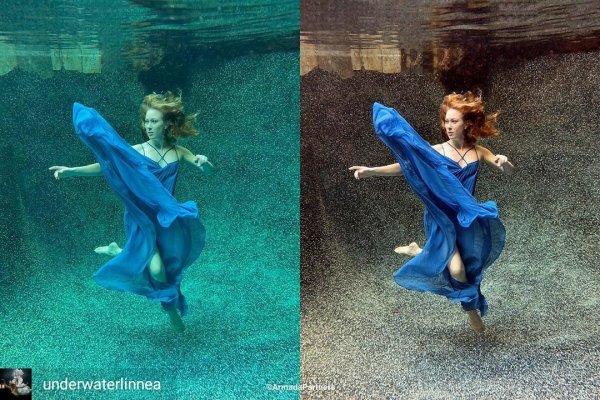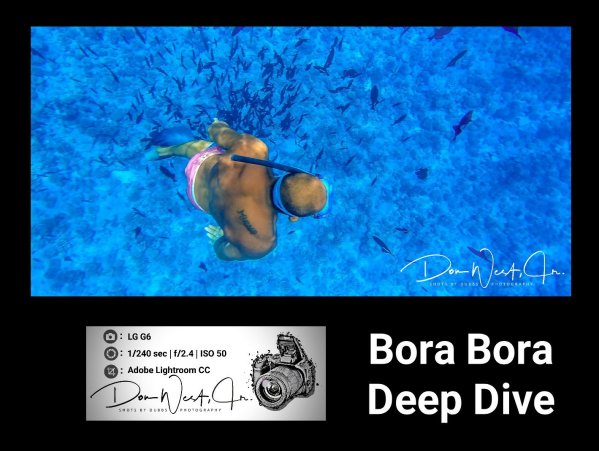I cannot tell you for certain where I first saw this video featuring the revolutionary new algorithm, called Sea-Thru, that removes the distortion caused by the way light travels through water. But what I can tell you is that when I saw the video I immediately thought of my Instagram friend and underwater dancer @underwaterlinnea and how it would dramatically impact the ability of her art’s beauty to be captured and shared with the world. Before I could get around to sharing this video with Linnea, (and probably because she is the Underwater Dance Queen), I scroll past a post of hers featuring this dope technology and it was exactly what I thought, absolutely stunning! Check it out:

See @underwaterlinnea’s Post on Instagram
The proof is in the picture and you can clearly see this technology will have far-reaching impacts in the world of underwater images.
The algorithm was developed by an oceanographer and engineer named is Derya Akkaynak who works at Harbor Branch Oceanographic Institute (Florida Atlantic University).
In the video, Akkaynak explains, [u]nderwater images typically have an overwhelming color cast, green or blue, depending on where you took them.
Objects in far distances are occluded by a layer of what we call backscatter, but think of it as a layer of haze.
So, the further you are from the objects in the scene the more haze you get in the scene.
Because light as it travels through the water, gets absorbed and scattered, colors fade away. That’s where underwater images look so dull and distorted all the time.

I personally love to be near and shoot images of the water, any type of water, but because of the blurry and hazy effects in my attempts at underwater photography I have never been overly enthusiastic. Well, times have changed and I am dusting off the plans to learn to scuba dive and adding an underwater rig for my camera to my holiday wish list. Oh, and of course I am subscribing to the email list in order to be notified when this breakthrough tech becomes available to the marketplace.
I would love to hear your reactions and thoughts on this new underwater photography tech. Let me know what you think? Do you see uses for it in your work? Any creative ideas of how you would use it?
